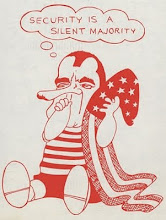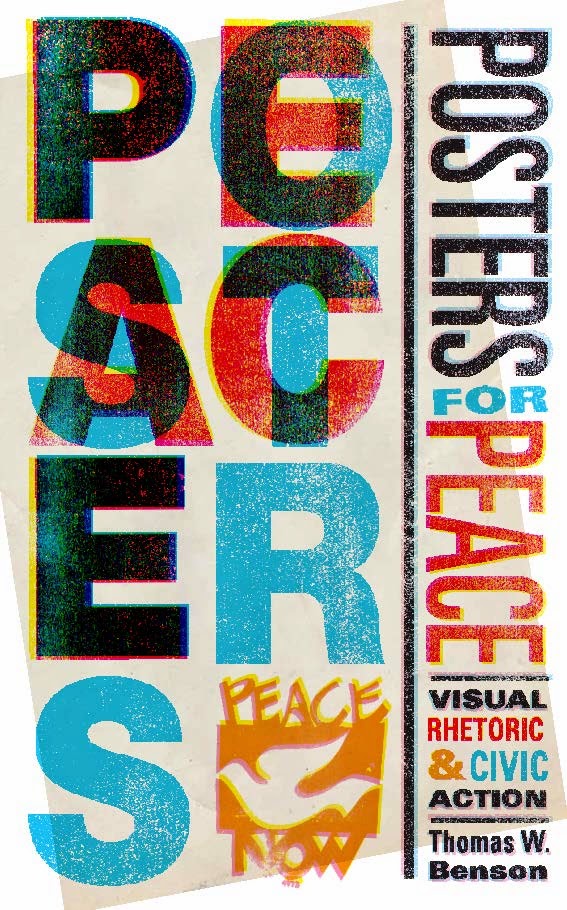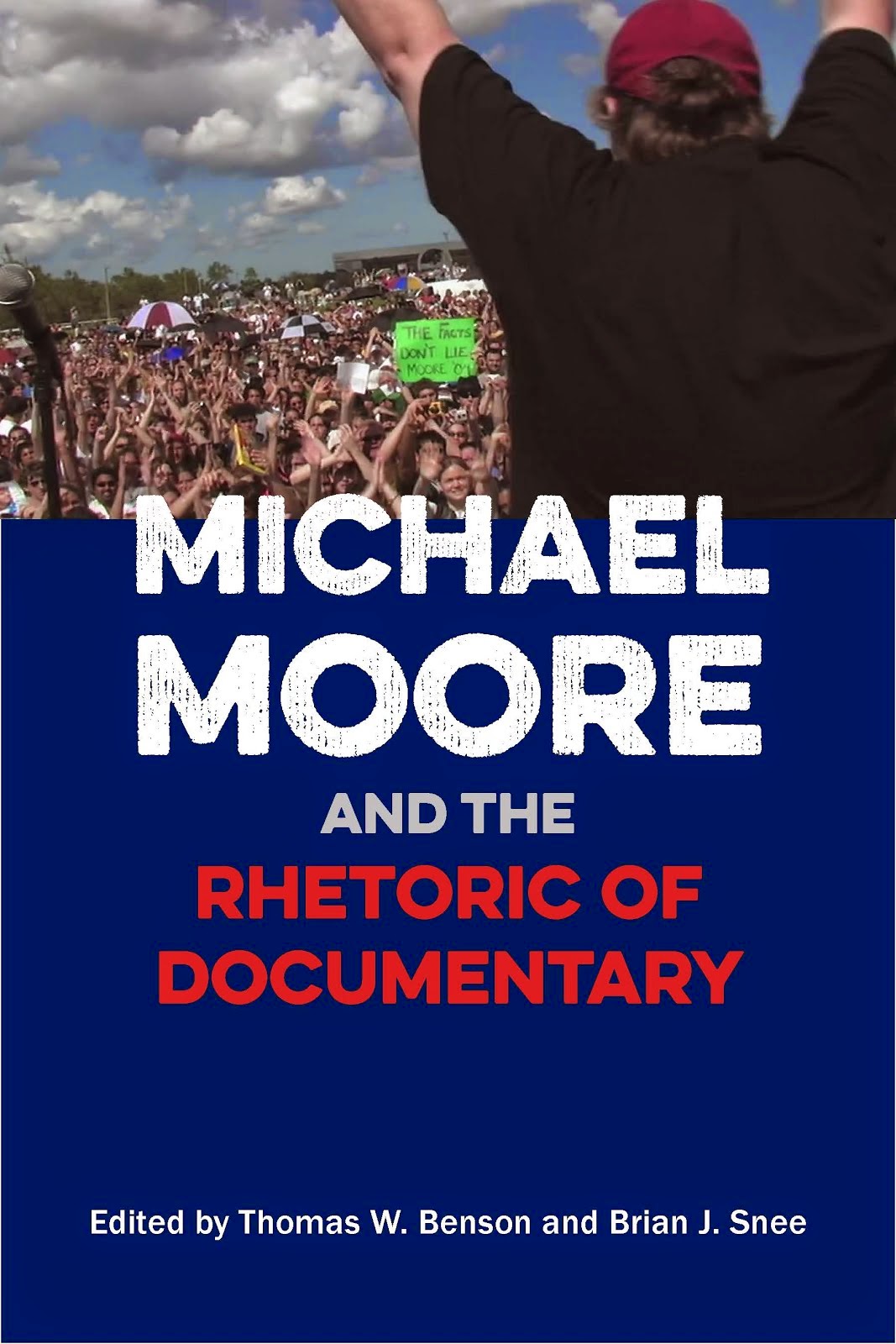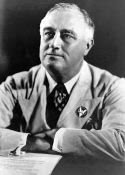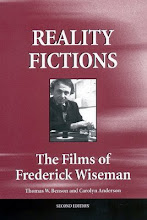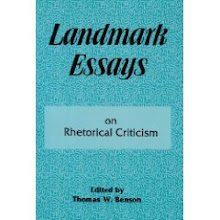For-Profit Schools Donate to Lawmakers Opposing New Financial Aid Rules
by Sharona Coutts ProPublica, Sep. 17, 10:20 a.m.
Between 2005 and the beginning of this year, Rep. Donald M. Payne, D-N.J., received $6,000 in campaign contributions from sources related to for-profit colleges. This year, he received more than $20,000 from the schools and their lobby groups, according to campaign finance records. What changed?
For one, the colleges have upped their lobbying efforts considerably in the face of proposed regulations that the industry says could shutter many of its schools.
For another, Payne co-signed three letters to Education Secretary Arne Duncan, in which as many as 18 members of Congress pleaded with the secretary to put the brakes on that proposed regulation.
Collectively, members who signed the letters received nearly $94,000 from the for-profit college sector between the beginning of 2010 and late July, according to the most recent available campaign finance data reviewed by ProPublica. Most of the donations flowed after March 22 -- the date the first letter was written to Duncan.
(Take a look at the campaign contributions here.)
Other co-signers who received campaign cash from the industry include Reps. Alcee Hastings, D-Fla., and Debbie Wasserman Schultz, D-Fla.; and Jason Altmire, D-Pa. Payne and Altmire sit on the House committee that oversees education, as do several other members who signed the letters and received donations.
Payne did not reply to our requests for comment, but longtime campaign finance watchdog Fred Wertheimer, president of the group Democracy 21, which seeks to "eliminate the undue influence of big money in American politics," said the money given to Payne created a troubling impression.
"Whenever a member of Congress gets a large amount of contributions relatively close to the period where they take a specific action for an interest group, it raises appearance problems that undermine public confidence in the action that was taken, and also undermines the argument for the position on the merits," Wertheimer said.
A spokesman for Wasserman Schultz, who signed two of the letters and received nearly $7,400 from the for-profit industry this year, said the congresswoman signed the letters because the proposed Department of Education regulations are "overly broad and were written without Congressional hearings."
None of the other congressional offices we contacted responded to calls or e-mails.
The stakes are high for the for-profit schools because the proposed regulation tightens the conditions under which educational programs can participate in federal student aid programs. Many proprietary schools draw the majority of their revenue -- billions of dollars each year -- from those taxpayer-backed sources.
Called the "gainful employment" rule (PDF), the regulation would create a two-part test that Duncan has said is intended to stop some career schools from "saddling students with debt they cannot afford in exchange for degrees and certificates they cannot use."
The first part would measure how many former students are paying down the principal of their loans, while the second establishes ratios between the debt students take on to finance their education and their earnings after leaving the school, according to the Department of Education.
The test applies to individual programs of study rather than an entire school. Each program must satisfy at least one part of the test for its students to remain eligible for financial aid.
For example, if a school's nursing program failed to meet the lowest thresholds for principal repayment and debt ratios, future students could not pay for that program using federal financial aid. But if the same school's computer sciences program was in compliance, students in that field of study could continue accessing federal aid.
Schools could be required to warn students about high debt loads if a particular program falls into a danger zone, the Education Department says.
The regulation would apply to all schools -- including for-profit, public and private, nonprofit institutions. Based on current numbers, the department estimates that "5 percent of all programs would no longer be eligible to offer their students federal student aid and 55 percent of all programs would be required to warn their students about high debt-to-earnings ratios."
Mark Kantrowitz, a financial aid expert who publishes Fastweb.com and FinAid.org, predicted the rule will have a greater impact on for-profit schools than other institutions. "The difference is that every type of program at for-profits is impacted, whereas at traditional colleges, it's just the vocational programs," he said.
The department's move comes after government investigations found fraud (PDF) in the recruiting practices of several major for-profit colleges, and amid worsening data on loan default rates, especially for students at for-profit schools.
Harris Miller, president of the Career College Association, which represents for-profit colleges and trade schools, said the gainful employment rule poses a "fundamental threat to a lot of very high-quality programs that could be forced to close."
The industry's effort to build congressional pressure against the new rules has been carefully planned. ProPublica obtained a "whip list" that appears to divvy up responsibilities to lobby individual Democratic members among various schools and industry groups.
The whip list is in an Excel spreadsheet (.xls) written by Chris Collins, according to the document's "properties" data. The Career College Association lists a Chris Collins as its "Grass Roots Coordinator," but Miller said he would not comment on "specific internal documents."
The for-profit industry has not been shy about using its financial weight to lobby for what it wants. The founder of one for-profit chain, Arthur Keiser, has become a major national donor, according to campaign finance records. Keiser is also the current chairman of the Career College Association.
Campaign finance records show that Keiser, his wife, Belinda, and mother, Evelyn, contributed a collective $31,600 to members of Congress who signed the letters since the beginning of this year, when the fight over the regulations had begun to heat up.
Key figures in the industry have also paid numerous personal visits to the Education Department, according to public documents. They include visits by John McKernan, chairman of Education Management Corp., a company that owns several major for-profit schools. McKernan is the former governor of Maine and the husband of Republican Sen. Olympia Snowe.
Records also show visits to the department by officials from DeVry Inc. and Kaplan Inc., two of the biggest players in the industry, and their lobbyists.
Schools have also elicited tens of thousands of comments about the proposed regulation from their students, resulting in what the Department of Education said is by far the largest ever response to a public comment period.
In one instance, the president of the University of Phoenix, William Pepicello, sent out what appeared to be a blast e-mail to students that the Department of Education called misleading.
The e-mail claimed the gainful employment regulation would "block hundreds of thousands of Americans from getting the college education they need and deserve to get ahead in their jobs or find even better jobs."
An Education Department official told ProPublica that the e-mail inaccurately implied that the rule would prevent students from getting loans, when in fact it would affect only particular degree programs at specific schools.
"Students do not lose loan eligibility," said James Kvaal, deputy undersecretary of education. "They can and many will choose from the tens of thousands of programs that remain eligible," he said.
The University of Phoenix would not say to whom the e-mail was sent. The school's most recent financial filings say it has 476,500 students.
Education Department officials would not comment on the industry's lobbying campaign. The agency expects the rule to be finalized by November, and schools that fail the gainful employment test could be cut from the federal aid programs beginning in 2012.





























